Dirección
304 North Cardinal St.
Dorchester Center, MA 02124
Horas laborales
Lunes a viernes: 7:00 a. M. - 7:00 p. M.
Fin de semana: 10 a. M. - 5 p. M.
¡Bienvenido a mi blog!
Antes de profundizar en el contenido, si está interesado en nuestros productos o tiene alguna pregunta, no dude en visitar nuestra Contáctenos Página del sitio web. Nuestro equipo está listo para atenderle con consultas, pedidos o cualquier asistencia que necesite.
Ahora, comencemos nuestro viaje juntos. Espero que el contenido aquí les resulte interesante, interesante y valioso.
In the dynamic realm of healthcare, efficiency, safety, and patient comfort are paramount. Medical pendant systems, meticulously designed and integrated into patient care units, play a pivotal role in achieving these goals. These sophisticated systems serve as centralized hubs for organizing and managing medical devices, communication tools, and essential utilities, transforming the healthcare environment into a seamless and well-orchestrated ecosystem.

Medical pendant systems are not merely fixtures; they are catalysts for enhanced patient care. By streamlining access to critical equipment and fostering streamlined communication, these systems contribute to:
A typical medical pendant system comprises several key components that work in unison to deliver optimal functionality:
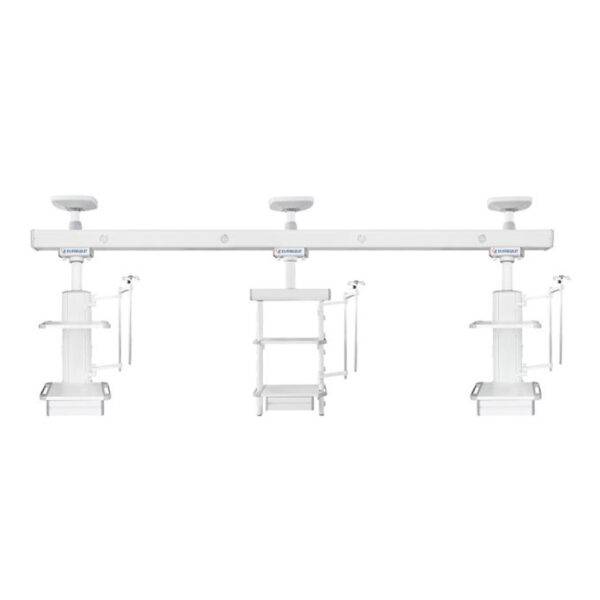

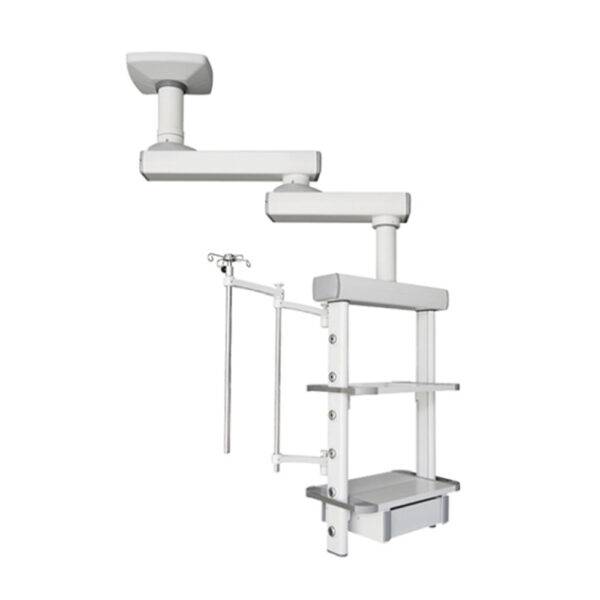


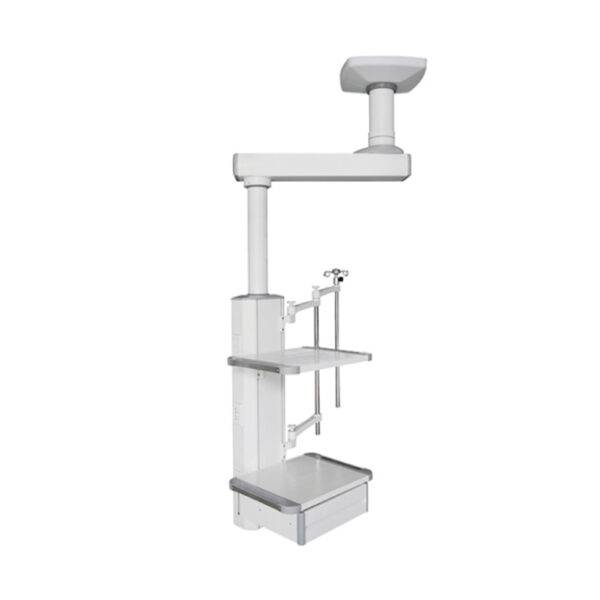
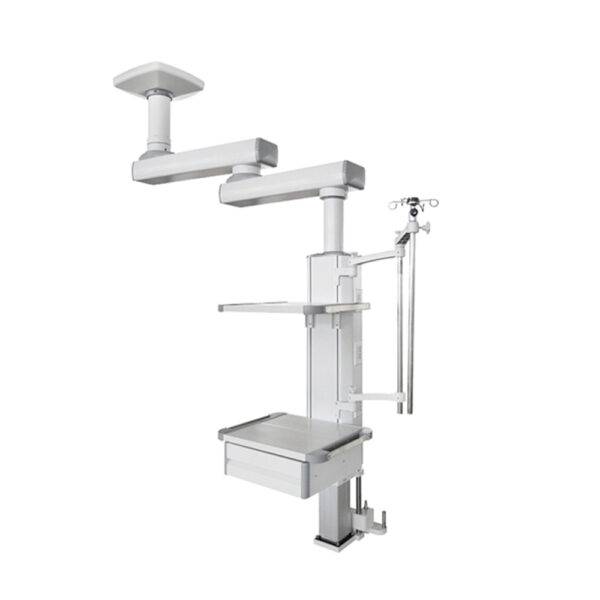
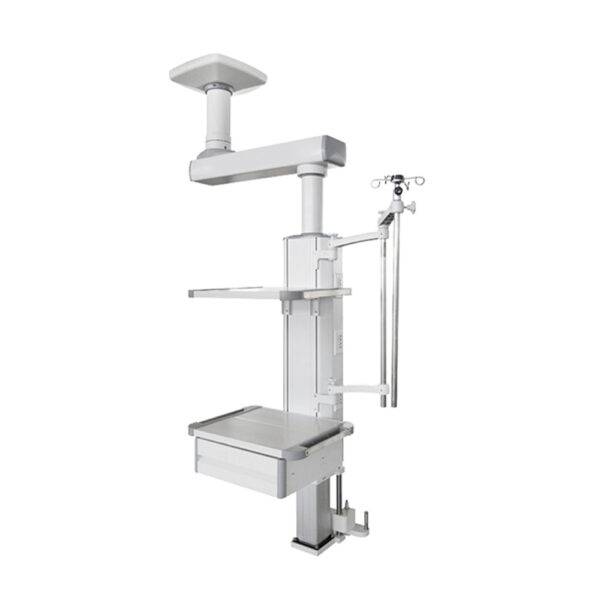
Medical pendant systems come in various configurations to suit diverse healthcare settings and patient needs:
| Característica | Traditional Pendant Systems | State-of-the-Art Medical Pendant Systems |
|---|---|---|
| Eficiencia del flujo de trabajo | Limitado | Mejorado |
| Utilización del espacio | Adecuado | Maximum |
| Patient Care Enhancements | Básico | Avanzado |
| Requisitos de mantenimiento | Regular checks | Advanced servicing options |

Selecting the right medical pendant system requires careful consideration of several factors:
Medical pendant systems have revolutionized healthcare environments, transforming them into hubs of efficiency, safety, and patient-centered care. By providing organized access to essential equipment, fostering streamlined communication, and enhancing patient comfort, these sophisticated systems play a crucial role in delivering high-quality healthcare. As technology continues to advance, medical pendant systems are poised to evolve further, incorporating even more innovative features and capabilities to elevate healthcare delivery to new heights.
Q: What is the difference between a fixed and a movable medical pendant system?
A: Fixed medical pendant systems are permanently mounted to the wall or ceiling, while movable systems can be repositioned along the patient bed or even moved to different rooms. Fixed systems offer stability and security, while movable systems provide greater flexibility.
Q: How do I choose the right medical pendant system for my healthcare facility?
A: When selecting a medical pendant system, consider factors such as patient acuity level, room type, budgetary constraints, and integration with existing systems. Consult with healthcare professionals and equipment experts to make an informed decision.
Q: What are the benefits of using medical pendant systems?
A: Medical pendant systems offer numerous benefits, including improved patient safety, enhanced patient comfort, streamlined workflow for healthcare providers, and reduced risk of errors.
